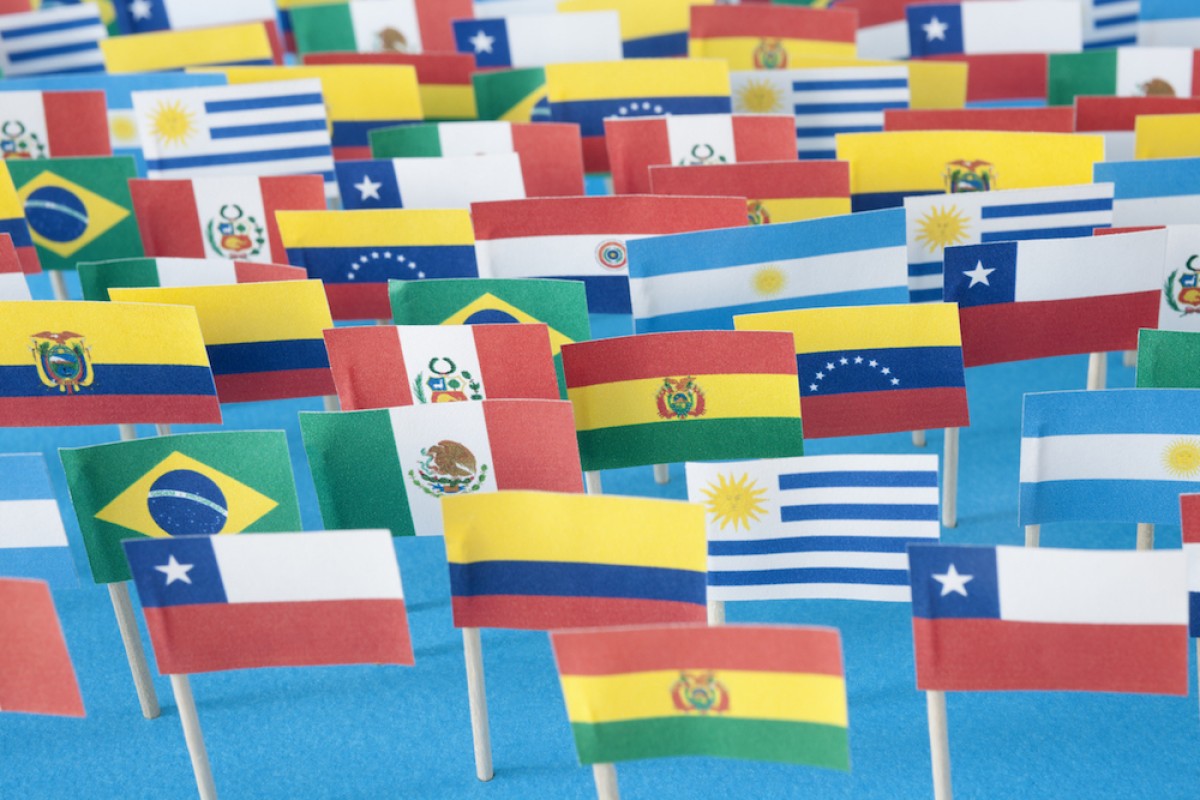RIO DE JANEIRO, BRAZIL – The World Bank (WB) reported on Tuesday, January 5th, that it projects an economic growth of 3.7% in Latin America and the Caribbean this year, improving its earlier estimate of 2.8% growth for the region, which has been severely affected by the coronavirus pandemic.
“Regional economic activity is expected to grow by 3.7% in 2021, as initiatives to mitigate the pandemic become more flexible, vaccines are distributed, prices of the main commodities are stabilized and external conditions improve,” the multilateral body said when disclosing its global economic outlook.
However, it stressed that the rebound, which will come after a decade of slow growth, “will be very modest”.

Furthermore, it cautioned that a negative scenario, with delays in the distribution of the vaccine against Covid-19 and secondary economic consequences, could reduce GDP growth to 1.9%. “The scenario poses adverse risks,” it noted.
According to the World Bank’s projections, several factors could decrease the activity rate.
The report mentioned “the failure to contain the pandemic, debt and external financing challenges, the resurgence of social tensions, economic impacts of the pandemic that were not anticipated, and disruptions related to climate change and natural disasters”.
The World Bank projects economic growth in all Latin American and Caribbean countries in 2021, except for Nicaragua and Suriname, where it expects a contraction of 0.9 percent and 1.9 percent, respectively.
For Brazil, Latin America’s leading economy, it expects 3% growth, driven by a rebound in consumption and private investment.
In Mexico, growth of 3.7% is expected, particularly after the entry into force of the T-MEC, the new North American free trade agreement.
Argentina and Colombia will grow 4.9% each, according to the World Bank. Both countries are expected to see GDP growth due to increased domestic demand. And it points out that the Argentine economy will benefit from less uncertainty regarding the restructuring of its debt.
Central America’s expected growth in 2021 stands at 3.6 percent, supported by increased remittance inflows, primarily from the United States, and reconstruction after the devastation of Hurricanes Iota and Eta. The rebound in tourism will support growth in the Caribbean, which is projected at 4.5%.
The World Bank recalled the severe impact that the pandemic has had on Latin America and the Caribbean. “It is estimated that the regional economy contracted by 6.9 percent last year,” said the Washington-based body.
It noted in particular an 8% year-on-year drop in the volume of goods exported from the region in the first three quarters of 2020, as well as stagnation in tourism inflows and increased food insecurity due to widespread income losses.
Negative indicators for the global economy
Unlike the projection for Latin America, the World Bank released on Tuesday a pessimistic outlook for the global economy, impacted by Covid-19, and warned that rebound will depend largely on the speed with which massive vaccination campaigns are deployed.
The institution reduced its growth projection in the world for 2021, although it considers that the economic collapse in 2020 was “less severe” than feared, with a decline of 4.3% against the 4.5% projected last June.
World GDP is expected to grow by 4% this year, a reduction of 0.2 percentage points compared to the last projection.
The new projections reflect the health scenario in late 2020 across the globe, where Covid-19 infections continue to increase and new variants of the coronavirus have emerged, all of which lead to new restrictions that further disrupt economic activity, particularly in the United States and Europe.
These setbacks, which result in a slowdown in growth, have also led to a “considerable” reduction in public and private income, according to the World Bank. On the one hand, tax revenues have plummeted and on the other massive layoffs have affected the purchasing power of households.

